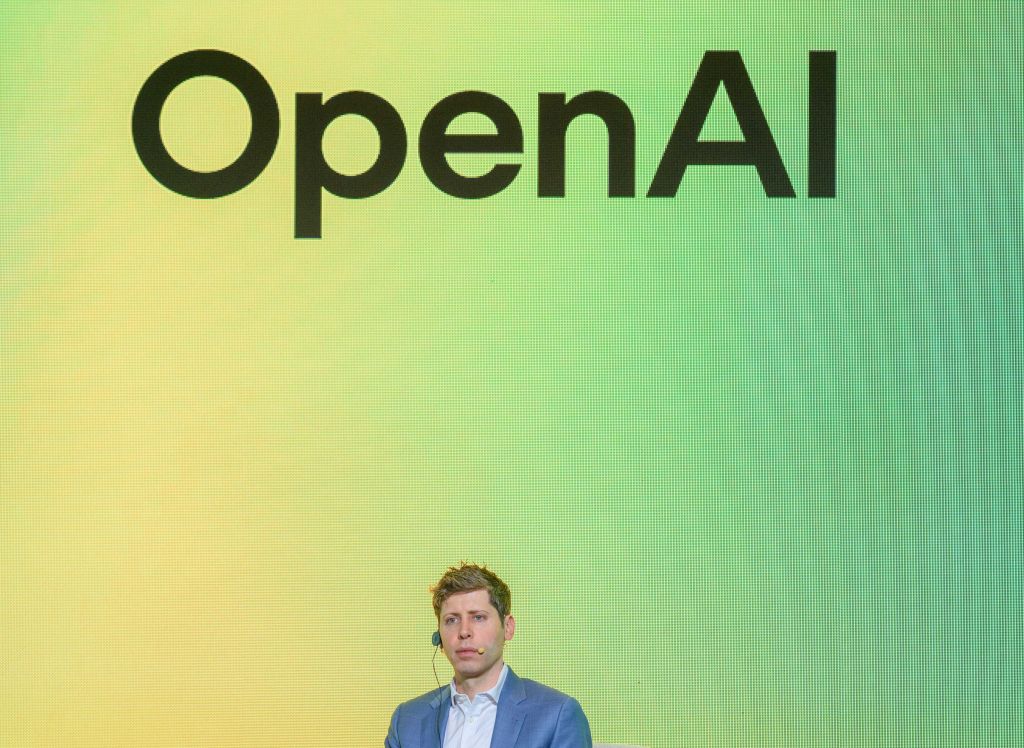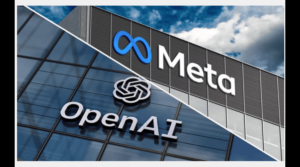GPT-4.1 Might Exhibit Reduced Alignment Compared to Earlier AI Models from OpenAI

OpenAI’s GPT-4.1 Model Launch: A Mixed Review
Introduction to GPT-4.1
In April 2023, OpenAI introduced its latest artificial intelligence model, known as GPT-4.1. Marketed as an advanced system capable of effectively understanding and following user instructions, GPT-4.1 was anticipated to improve on the previous iterations of OpenAI’s models. However, various independent evaluations have raised questions about its performance, specifically its alignment and reliability compared to earlier versions.
What is Alignment in AI Models?
When we talk about "alignment" in AI systems, we’re referring to how well these models can understand and conform to the intentions and instructions of their users. A well-aligned AI will produce outputs that are in line with what the user expects. As the AI model becomes more complex, achieving this alignment can be challenging. Thus, a reduction in alignment may lead to outputs that are inconsistent or not entirely relevant to user prompts.
Initial Claims by OpenAI
OpenAI positioned GPT-4.1 as a significant upgrade, stating that it excels at instruction-following tasks. The company boasted about its capabilities, suggesting that it would be particularly helpful in applications like coding, content creation, and other areas requiring precise input interpretation.
Independent Evaluations and Concerns
Despite the optimistic outlook from OpenAI, there have been several independent tests that suggest GPT-4.1’s performance may not fully meet expectations. Some key findings include:
- Reduction in Reliability: Several assessments indicate that GPT-4.1 produces less dependable outputs than prior models.
- Inconsistent Responses: Users have reported experiencing varied results even when using similar prompts, which raises concerns about predictability.
- Less Effective in Specific Tasks: Certain tasks that previous models handled well seem to present more challenges for GPT-4.1.
Implications for Users
These performance issues have significant implications for individuals and organizations relying on AI for specific tasks. If the AI does not respond reliably, users may face setbacks in their work processes, leading to frustration and decreased productivity. Here are some considerations for users:
- Testing is Key: Users should conduct thorough testing with the model to understand its strengths and weaknesses before integrating it into critical tasks.
- Stay Updated: Regular updates from OpenAI could address some of these alignment issues, so staying informed is essential.
- Feedback Mechanisms: Engaging with OpenAI’s feedback systems can help users report issues and contribute to model improvement.
Looking Ahead
As we analyze the evolution of GPT models, it becomes clear that while advancements are notable, challenges remain. OpenAI’s commitment to improving AI technology will likely lead to continual updates and refinements, but the early experiences with GPT-4.1 illustrate the complexities involved in developing AI that behaves exactly as intended. The mixed responses from independent evaluations serve as valuable feedback, potentially guiding future developments in the field of artificial intelligence.
By closely monitoring updates and participating in discussions surrounding AI advancements, users can navigate this evolving landscape with more confidence and understanding.






